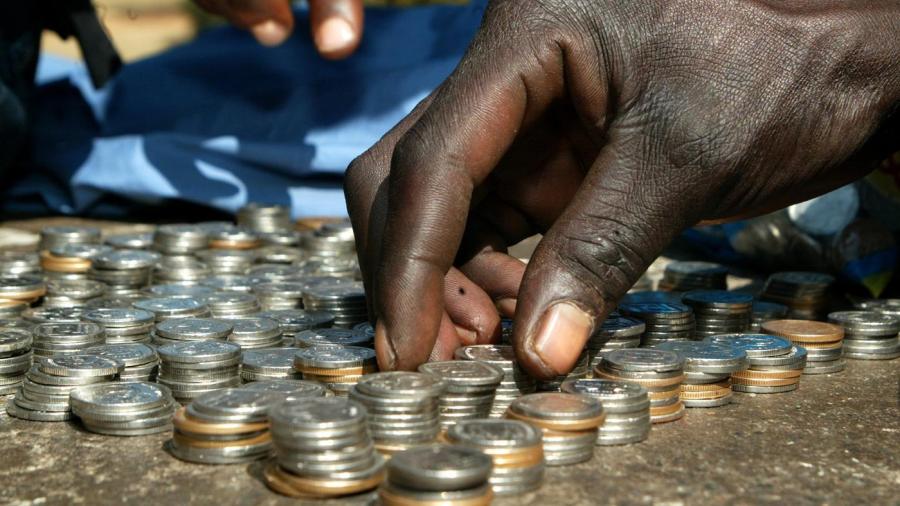What Are the Causes of Inflation in Zimbabwe?

The hyperinflation in Zimbabwe was caused by a combination of poor economic policies, corruption and the unrestricted printing of money in an attempt to support the economy. President Mugabe’s land redistribution scheme began the inflationary spiral, triggering collapses in the agricultural, banking and manufacturing sectors. As unemployment rose, the government began printing more money to increase military and government salaries. This destroyed all faith in the currency, triggering hyperinflation.
In 1990, the inflation rate in Zimbabwe was 17 percent. The following year it jumped to 48 percent, and then continued to climb over the next 17 years. The government tried a number of different methods to control inflation, such as instituting price caps, outlawing the use of foreign currency, and printing new denominations. By the mid-2000s, inflation had increased to a rate so high that banknotes of Z$100,000,000 and higher were required for simple daily transactions. The government also attempted to print bills to pay off international debts, such as the $21 trillion bill they attempted to give the International Monetary Fund.
Zimbabwe devalued its currency three times in an attempt to control inflation. In 2006, it divided denominations by 1,000, striking three zeros from the currency. In 2008, it removed 10 zeros, and in 2009, it struck another 12 zeros from printed denominations. These three acts had the collective effect of making one new Zimbabwe dollar worth 10 trillion trillion old Zimbabwe dollars. Finally, the government gave up and stopped printing money altogether, allowing the economy to use a pastiche of foreign currencies.





